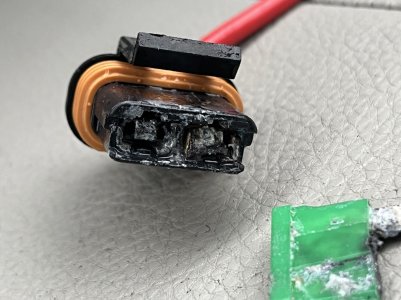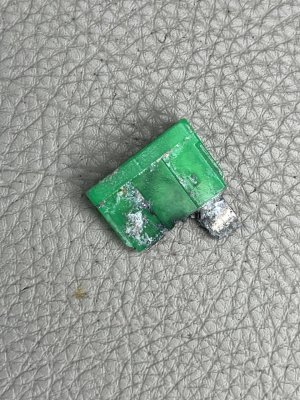Baxter
Well-Known Member
I am at my wits end. I am about to give up - Parker Marine is closed till January, so boat goes in then unless someone here has a good idea!
Having some electrical issues with my kingfisher 1825 (2020)
Issue is intermittent power to things connected up at the helm, most through the ACC switch, but a few things are not.
Anything wired directly to the battery works perfectly. For instances, engines start no problem. Scottys work no problem. Bilge works fine on auto (tested by spraying water into the boat with the hose and it comes on as it should) but does not always work if I try to use the switch.
Wipers, VHF, Washdown, marker lights, all are intermittent. Start to work, then power cuts off. Wipers start to work then slow and stop running. VHF warning saying "low battery" comes on but works unless there is suddenly more draw, such as turning on wipers, then everything stops.
I believe the issue is a loose connection somewhere. When it initially happened when we were out on the water a few weeks ago, my buddy put his hand up behind the dash and wiggled some wires and then things turned back on. So this kind of supports the theory; however, I have not been able to recreate that, so could be coincidence. Batteries are good. They are on a charger/maintainer and everything connected directly to batteries works perfectly. Engine fires up no problem, lowrance works perfectly, etc. Anything that goes through the switches is where the problem arises.
Thinking loose ground? Loose positive? But from what I can tell everything seems fine (access is a real ***** so perhaps I’m missing a connection).
Fuses seem perfect. Is it possible a fuse could be blown but still work a little? Just enough to let some things work a little? Perhaps I should swap all the fuses with new ones and see?
Connections at positive and negative bus bar near batteries seem good. Connection on batteries and at main battery switch seems good. Connections are solid and clean.
Parker rough estimates a couple hours, but lets be honest, there is no way to know until they start testing and doing whatever they will do to sort this so it could be a $100 fix or a $1000 fix.
Any advice on what to check, where to look?
Help? Thanks!
Having some electrical issues with my kingfisher 1825 (2020)
Issue is intermittent power to things connected up at the helm, most through the ACC switch, but a few things are not.
Anything wired directly to the battery works perfectly. For instances, engines start no problem. Scottys work no problem. Bilge works fine on auto (tested by spraying water into the boat with the hose and it comes on as it should) but does not always work if I try to use the switch.
Wipers, VHF, Washdown, marker lights, all are intermittent. Start to work, then power cuts off. Wipers start to work then slow and stop running. VHF warning saying "low battery" comes on but works unless there is suddenly more draw, such as turning on wipers, then everything stops.
I believe the issue is a loose connection somewhere. When it initially happened when we were out on the water a few weeks ago, my buddy put his hand up behind the dash and wiggled some wires and then things turned back on. So this kind of supports the theory; however, I have not been able to recreate that, so could be coincidence. Batteries are good. They are on a charger/maintainer and everything connected directly to batteries works perfectly. Engine fires up no problem, lowrance works perfectly, etc. Anything that goes through the switches is where the problem arises.
Thinking loose ground? Loose positive? But from what I can tell everything seems fine (access is a real ***** so perhaps I’m missing a connection).
Fuses seem perfect. Is it possible a fuse could be blown but still work a little? Just enough to let some things work a little? Perhaps I should swap all the fuses with new ones and see?
Connections at positive and negative bus bar near batteries seem good. Connection on batteries and at main battery switch seems good. Connections are solid and clean.
Parker rough estimates a couple hours, but lets be honest, there is no way to know until they start testing and doing whatever they will do to sort this so it could be a $100 fix or a $1000 fix.
Any advice on what to check, where to look?
Help? Thanks!



